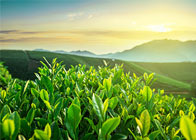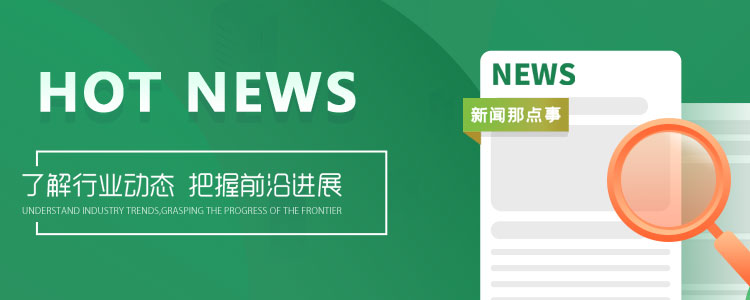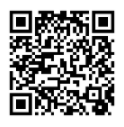31% of the growth will originate from APAC for the herbal extract market. China and India are the key markets for herbal extract in APAC. However, the market growth rate in APAC will be slower than the growth of the market in other regions. The rising consumer awareness of the side effects of allopathic medicines and growing awareness about the medicinal benefits as well as the therapeutic effect of herbal products will facilitate the herbal extract market growth in APAC over the forecast period. The herbal extract market is set to grow by USD 23.40 billion from 2021 to 2026. However, the growth momentum is likely to decelerate at a CAGR of 12.18% as per the latest market report by Technavio. Herbal extract market to record 15.53% Y-O-Y growth rate in 2022.
With the increase in the demand for food and beverages that are gluten-free, free from artificial flavors and colors, and free from preservatives, key players in the market are focusing on R&D investments in launching herbal extracts that will cater to the needs of consumers. Additionally, increased consumer awareness about the adverse side effects of synthetic chemicals used in food and beverages has led to a rise in demand for natural ingredients such as herbal extracts. Moreover, several regulations have been imposed by global health organizations and food safety associations to prohibit the use of artificial flavorings in food and beverages and promote the use of naturally extracted counterparts such as herbal extracts. Such regulations that promote the use of herbal ingredients and ban synthetic ingredients from food and beverage products will drive the growth of the herbal extract market.
Vendors in the herbal extract market face the challenge of adhering to the stringent quality standards that are applicable for manufacturing herbal extract products. Herbal products and extracts are prepared from raw materials of herbal origin, which are obtained from various geographical and commercial sources. As a result, it is not possible to ascertain the conditions to which they may have been subjected. Furthermore, the procedures and techniques used in the manufacture and quality control of herbal products often differ from those used for conventional pharmaceutical products, consumer products, and food and beverages. Owing to the complexities involved in the cultivation of naturally grown herbal plants, there are chances for contamination of the herbal extracts with toxic materials.











